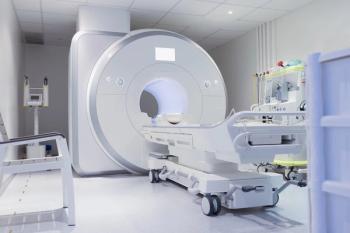
Study Looks at Connection Between Cerebellum Changes, Pain in Migraine
A recent study looked at the role of the cerebellum and brainstem in migraine pain.
A study investigating the association with the cerebellum and pain and migraine found that the microstructural changes in the cerebellum and local brainstem of migraineurs without aura (MWoAs) could contribute to the dysfunction of the transmission of noxious information.
The
Patients for the study were recruited from the outpatient clinic of the Department of Neurology at Shanghai Ninth People’s Hospital and were diagnosed with migraine without aura. Demographic and clinical data was collected, and patients completed the Migraine Disability Assessment Scale in order to obtain an accurate assessment of their headache-related disability.
“In the past decade, increasing evidence has suggested that the cerebellum is associated with pain and migraine. The cerebellum is a highly-organized brain area located in the hindbrain dorsal to the brainstem, which has been proposed to be related to the processing of sensorimotor, affective and cognitive information,” noted the authors. “Recent studies also demonstrated the involvement of the cerebellum in human nociception, and even suggest a modulating role in pain perception.
Following the analysis, MWoAs demonstrated decreased fractional anisotropy in the vermis VI extending to the bilateral lobules V and VI of the cerebellum. Additionally, higher axial diffusivity (AD), mean diffusivity (MD), and radial diffusivity (RD) was found in the right inferior cerebellum peduncle tract in MWoAs. Also, the researchers noted that MWoAs exhibited both reduced gray matter volume and increased AD, MD, and RD in the spinal trigeminal nucleus.
“MWoAs exhibited microstructural changes in the cerebellum and the local brainstem. These structural differences might contribute to dysfunction of the transmission and modulation of noxious information, trigeminal nociception, and conduction and integration of multimodal information in MWoAs,” concluded the authors. “These findings further suggest involvement of the cerebellum and the brainstem in the pathology of migraine without aura.”
The study suggest that future studies must evaluate the structural abnormalities of the brainstem and cerebellar areas of migraineurs with aura as well as chronic migraineurs during the ictal phase.
Reference
Qin Z, He X, Zhang J, et al. Structural changes of cerebellum and brainstem in migraine without aura [published online September 2, 2019]. The Journal of Headache and Pain. doi.org/10.1186/s10194-019-1045-5
Newsletter
Stay ahead of policy, cost, and value—subscribe to AJMC for expert insights at the intersection of clinical care and health economics.















































